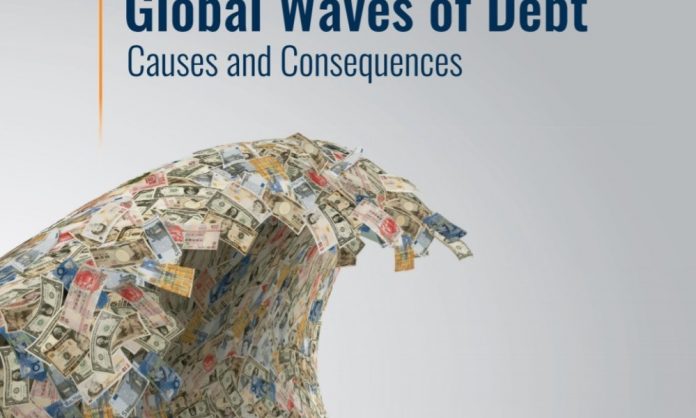Even before the outbreak of COVID-19, the level of global debt was high by historic standards. According to the Institute of International Finance, by late 2019 global debt (including private and public debt) was more than US$250 trillion.
Public debt, in particular, has increased everywhere since the global financial crisis of 2008.
IMF calculations show that public debt ratios in almost 90 per cent of advanced economies are higher than before 2008. Emerging markets on average have seen such ratios increase to levels similar to those seen during the crises of the 1980s and 1990s. Public debt has also built up in low-income countries with two-fifths at high risk of debt distress.
How much global debt has been added on the back of the COVID-19 health emergency? Focusing only on low-income and emerging economies, IMF Managing Director Kristalina Georgieva reckoned that US$2.5 trillion was a ‘very conservative, low-end estimate’ of their financing needs.
Where does Asia stand in all this?
The two largest Asian economies, China and Japan, have some of the highest levels of debt in the world — at the end of 2017 Japan’s total debt stood at 395 per cent of GDP and China’s at 254 per cent. But there are some significant differences in their debt composition.
In Japan debt is mainly public — approximately 237 per cent of GDP in 2019 — and is mostly held domestically.
Around 70 per cent of this debt is held by the Bank of Japan. Under normal conditions the combination of domestic–public debt holdings and very low interest rates considerably reduces the risk of default.
But will things change now? Japan’s…


